I have used McCalls 2698 as a skirt pattern so many times the tissue is
starting to show real signs of wear (mostly along the dart legs).
Now seemed like a good time to get the pattern on muslin.
So here I am making a muslin version of a garment that is rather unnecessary. I already know how it fits, and where I need to make adjustments. Go figure, right?!
But it is more practice with a new-to-me technique, which is always good.
The seam allowances were removed from the tissue and the new markings traced onto muslin, adding extra wide seam allowances along the edges. (I am really starting to appreciate those patterns that eliminate seam allowances from the start!)
So, this is a garment made entirely of stashed items (including the thread! - that almost never happens).


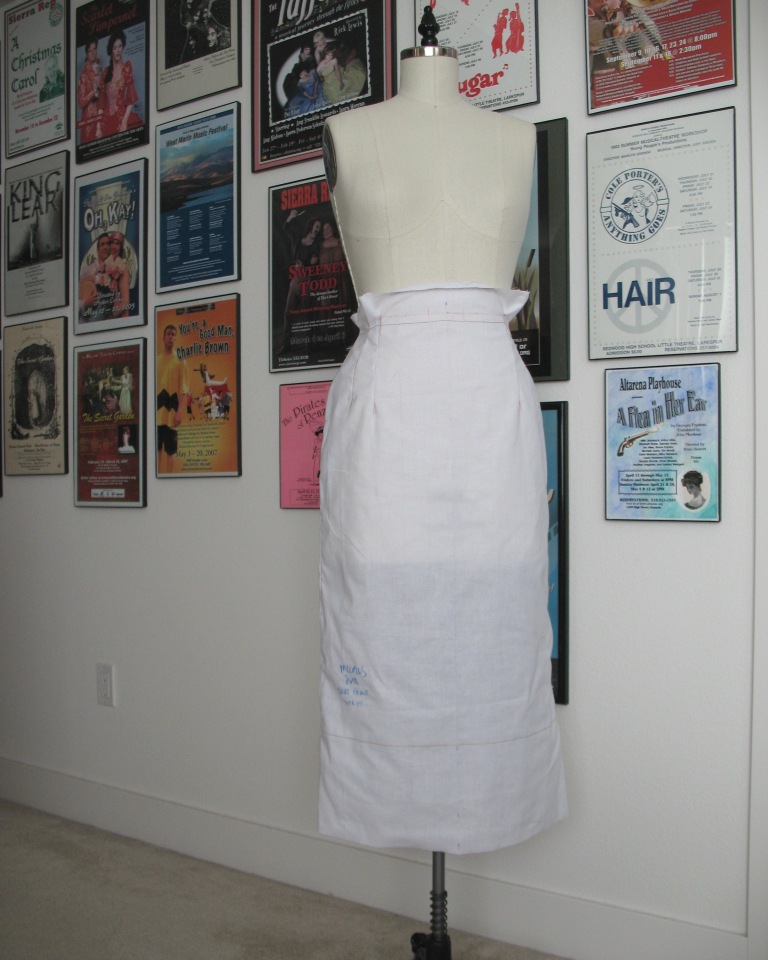
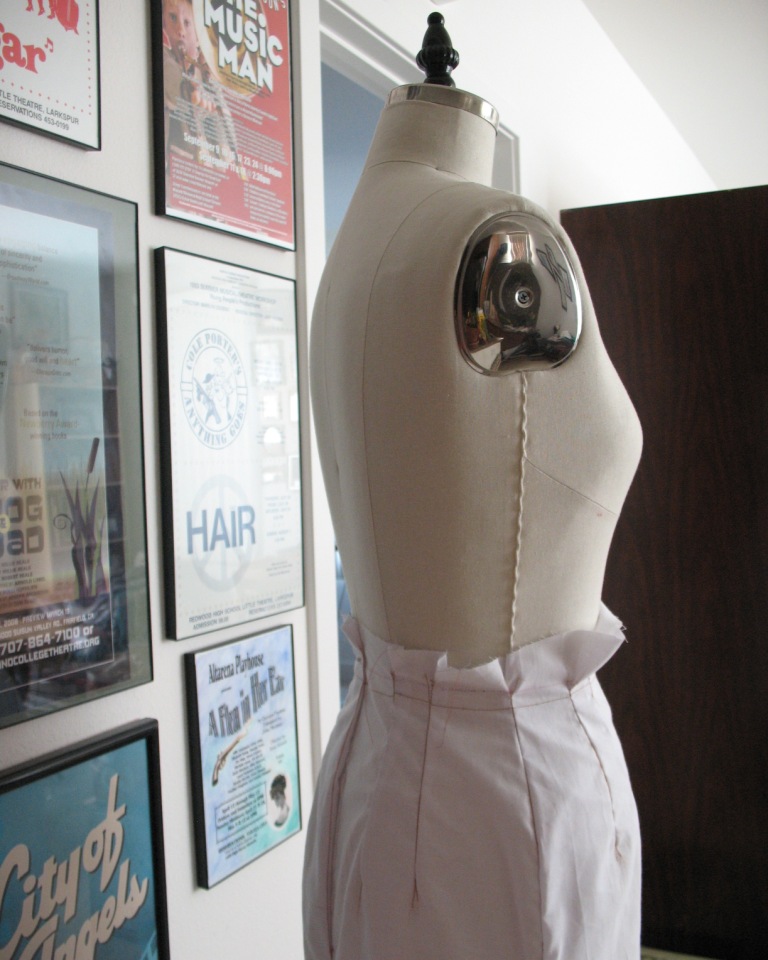

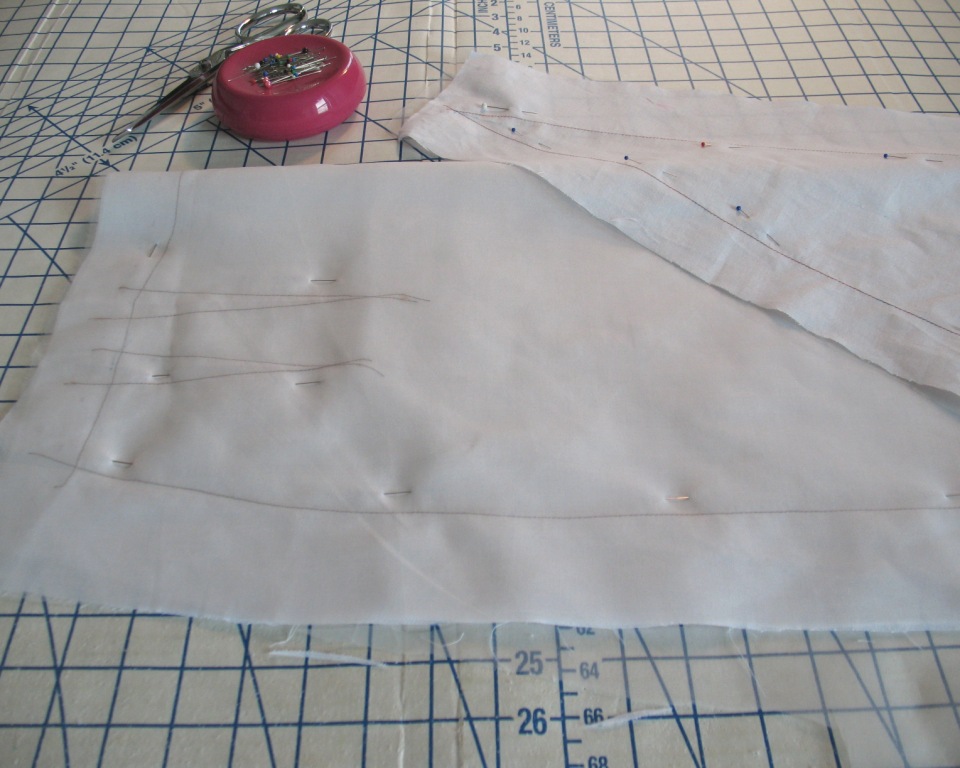


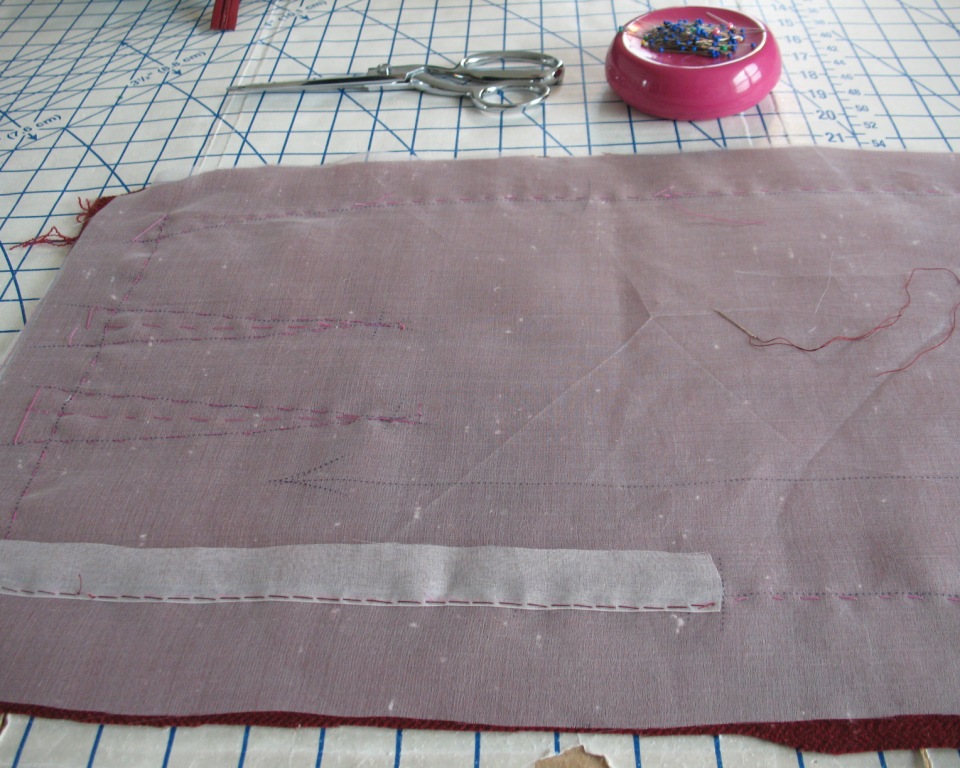
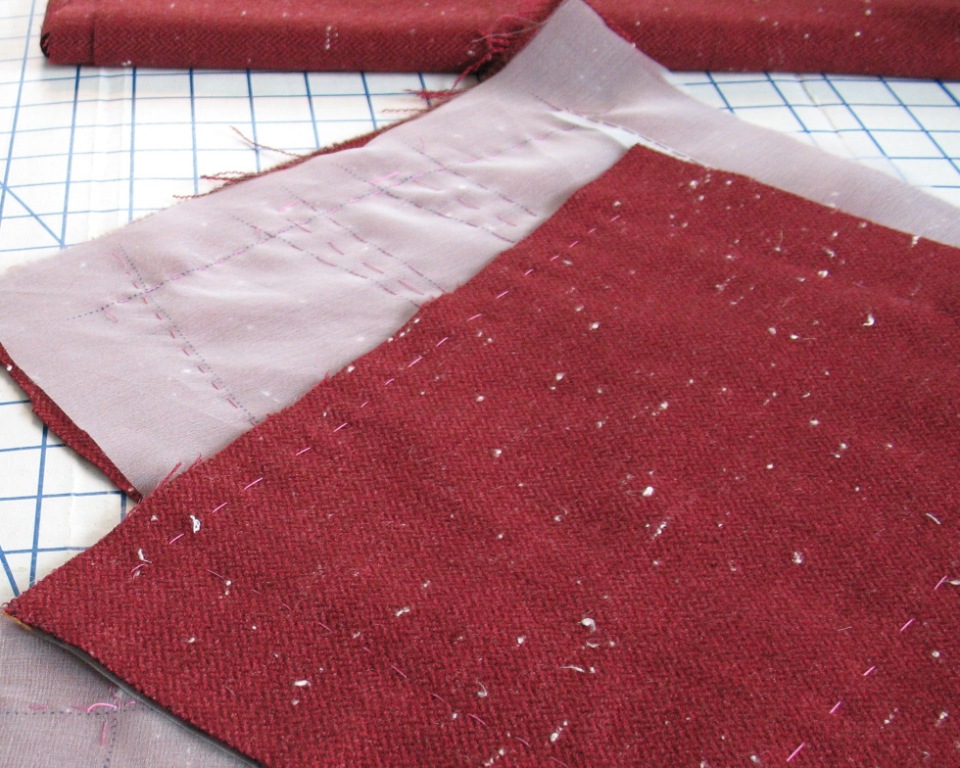



I haven't lined a skirt like this, do you still find that the darts will press ok. Skirt is looking great and as usual I have learnt something from your post Laura Mae, thanks. Have a happy Christmas.
ReplyDeleteThe silk organza is so lightweight, any added bulk is negligible. In some cases, the crisp hand of the organza will actually help a pleat or dart made from a drapey fabric press better than without.
DeleteAnother great ensemble (we await the modeling of the sweater atop this classic skirt, even if it isn't "twirl friendly"), punctuating an amazing year for you and your creative hands.
ReplyDeleteHope you are compiling a "reviewing of your doing" - 2014 style.
Thank you for taking us along on your adventure for another year (you are as appreciated as you are amazing - even if that isn't conveyed enough in the comments).
Happiest of holidays,
One of your man fans
Looks like it's going to be gorgeous! I'm such a fan of that method. Once you have those muslins in your archives, they're so helpful for fitting or tweaking other projects. And come the apocalypse, I'm running out the door with a bolt of silk organza. It's the most useful stuff!
ReplyDeleteThere is nothing like a TN pattern!
ReplyDeleteI'm making a skirt using a wool knit (interesting fabric BTW) and after reading your post, I should have underlined it with silk organza to give it some oomph. Next time... sigh!
I am always wishing that I added some extra technique to older projects when I look back at them. Then again, the learning process is pretty fantastic too, so I guess I can forgive myself for a "mistake" or two!
DeleteHere's to building up one's stash! Very pretty fabric. I look forward to seeing you model it.
ReplyDeleteLaura, I have a question. I was making a dress. I want to underline it with silk organza, the first time I'm working with silk organza. The only problem was that the silk organza was rather shifty. I was wondering how you deal with it. Do you have any tips?
ReplyDeleteI would recommend cutting the more stable fabric first. If that happens to be your fashion fabric and not the organza, go with that. As far as working with fiddly fabrics, it mostly takes patience. I know some people will spray or starch their slippery fabrics into submission, but I always wonder how they manage to do that and maintain a sense of the true grain so I have always avoided it.
DeleteJust make sure to take your time. It is often helpful to work from the center of a pattern piece, out. Pattern weights (or anything heavy you have laying around your sewing area) may work better than pins in some cases, although that is certainly a matter of taste.
It may not be the fastest/easiest process, but stick with it!
Good luck, and happy sewing!